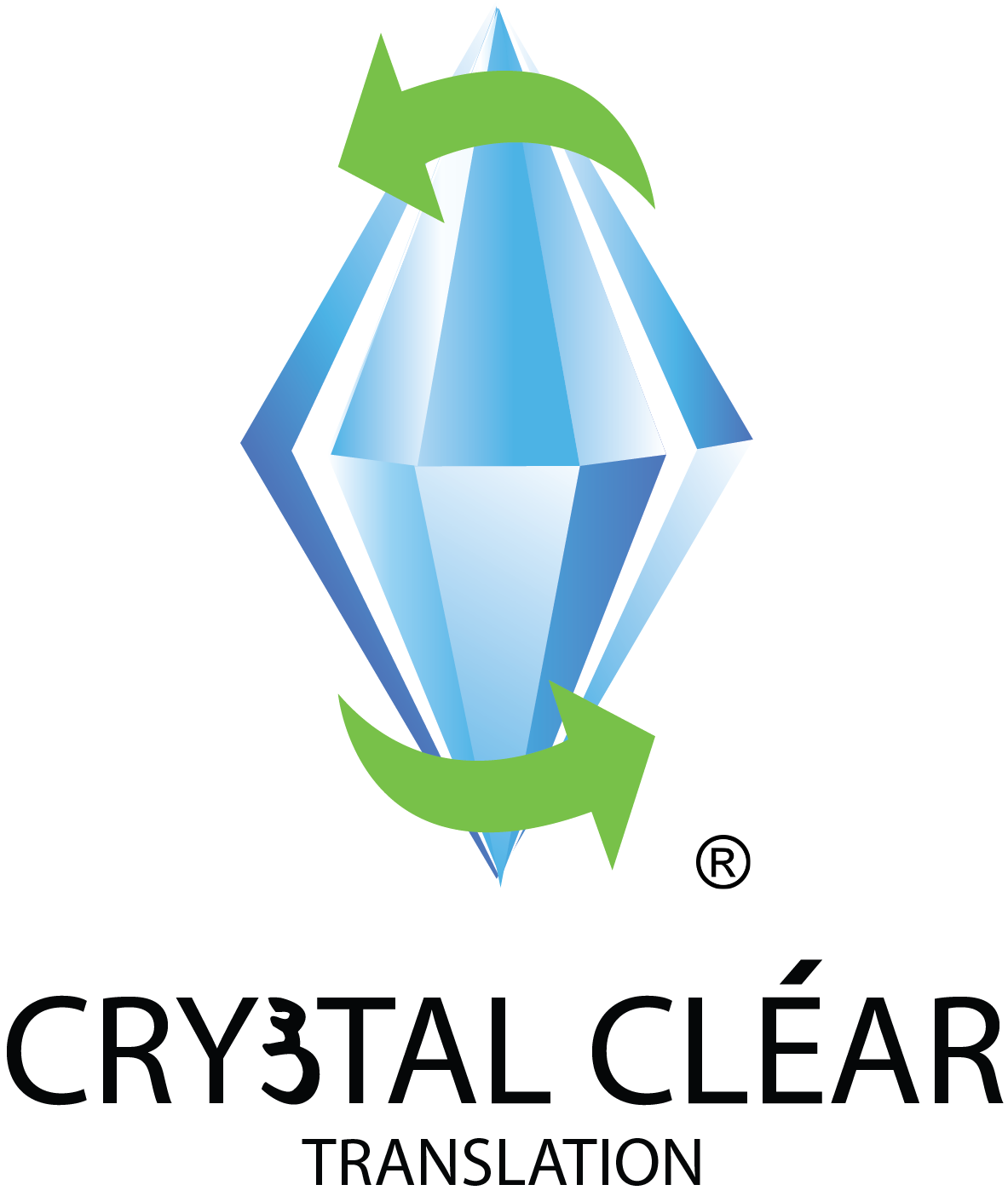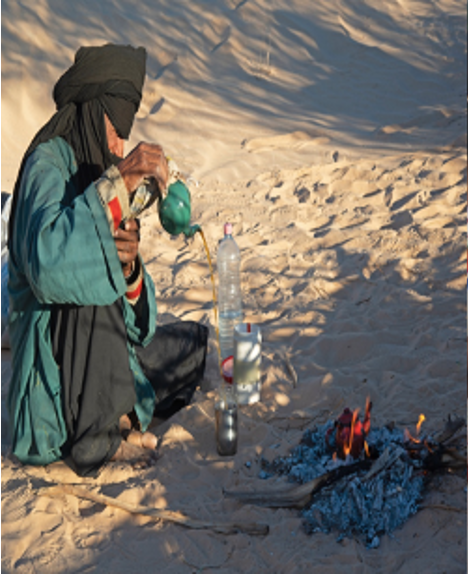The Tuareg people are a Berber ethnic group, who live primarily in Sub-Saharan and Northern Africa (such as Niger, Mali, Burkina Faso, Algeria, Nigeria), whereas the Fulani people live in West Africa and Central Africa (such as Guinea, Senegal, Mali, Mauritania, Gambia). Regarding population size, there an estimated 2 million Tuareg people, and, by contrast, at least 25 million people within the Fulani ethnicity. Both groups are traditionally pastoralists and nomadic people, and have historically, both peoples have previously utilised a hierarchical caste system, with divisions between those viewed as the nobles, the artisan caste (blacksmiths, jewellers) and those who were enslaved (the Maccudo in Fulani, and the Ikelan in Tuareg). Whilst most Fulani and Tuareg people now live within urban populations in various African countries, there are still some who live as herdsmen and agriculturalists.
What are some of the similarities and differences between the Tuareg and Fulani people?
Both the Tuareg and Fulani are followers of Sunni Islam. In fact, around 99% of Fulani people are estimated to be practising Muslims. Originally the Tuareg people followed the traditional Berber religion, but adopted Islam in the 7th century, followed by Sunni Islam in the 16th century. Despite the predominance of Islam within the Tuareg, they have also preserved pre-Islamic beliefs in spirits and exorcism. In addition to this, they differ to traditional Islam in some of their practices. For instance, as part of their ancient traditions, Tuareg men wear a veil. Tuareg men must wear the veil for the duration of their lives from the age of 25 onwards and cannot remove the veil. The wearing of the veil is supposed to symbolise the passage from childhood to adulthood. However, as the number of Tuareg living a nomadic lifestyle declined, fewer Tuareg men wear the veil, although it is still worn for festive and ceremonial events within the Tuareg community. The Tuareg belong to the Maliki school of Islam and are not as orthodox in their practise of Islam. They have daily prayers for instance, but are not required to fast during Ramadan, mainly due to the traditionally nomadic nature of their lifestyle which meant they had to travel often.
In contrast to the Tuareg, the Fulani practise a more traditional form of Sunni Islam, and have incorporated more characteristics of traditional Islam, such as the practise of women wearing the hijab and burqa. In a historical context, the Fulani people are believed to be part of the first Africans to convert to Islam. During the eighth and fourteenth centuries, there were a group of Fulani Islamic clerics known as the Torodbe, who acted as missionaries of the Islamic religion. The Fulani empire (also known as the Sokoto Caliphate) played an important role in the spread of Islam throughout Western Africa during the early nineteenth and twentieth centuries.
One other major difference between the Tuareg and Fulani people is the languages spoken by the two groups. The Tuareg speak the Tuareg language, which consists of different dialects known as Tamasheq, Tamahaq, Air Tamajeq and Tawellemet. These different dialects derive from the Berber language family, itself part of the Afro-Asiatic language family. The Berber languages also include Tarifit and Kablye. which are spoken mainly in Morocco and Algeria. The Tuareg language is written in three different scripts, Tifinagh, Latin and Arabic. The Tifinagh script, which is written from left to right, is the original alphabet of the Tuareg people, and derived from the ancient Libyan alphabet. Unlike Latin, the written Tifinagh alphabet only includes consonants. This kind of writing system is known as an abjad, which is also used in the Hebrew and Arabic languages.
On the other hand, the Fulani people speak the Fula language, part of the Senegambian branch of Niger-Congo language family. The Fula language is written mainly in the Latin script but is also written in Arabic and the Adlam script. Whilst the Fulani people predominantly use the Latin and Arabic scripts for written communication, the Adlam script was created in 1989 by Ibrahima and Abdoulaye Barry, specially for the Fulani language. This alphabet is written from left to right and is composed of 28 glyphs (5 vowels and 23 consonants). Adlam is taught in schools in Guinea, Nigeria, and Liberia, and has also been used in the publication of newspapers and books. In addition to the Fula language, the Western Fulani people (in Senegal, Mauritinia, Gambia and Western Mali) speak a language known as Pulaar. This dialect is the second most spoken language in Senegal, being spoken by around 22% of the population. Like Fula it is written in the Latin and Adlam scripts but is also written in an Arabic script known as Ajami (this script is also used in Swahili and the Hausa language).
In Conclusion
There are numerous differences between the Fulani and Tuareg tribes, in their different languages and within the practice of their Sunni Islam religion. Whilst both groups share historical similarities in the structure of their societies as well as their traditional livelihoods as nomads and farmers, the modern Tuareg and Fulani people are distinct groups pf people with a rich and varied culture and history. If you require translation or interpreting services for someone of the Tuareg or Fulani groups in their respective languages, or any other language, you can get a quote here from Crystal Clear Translation.


